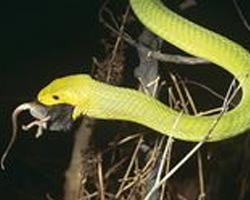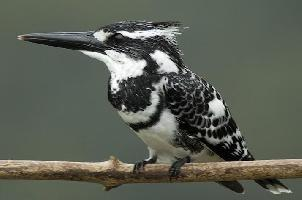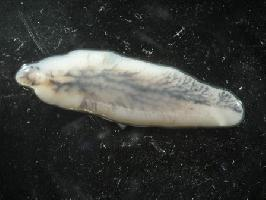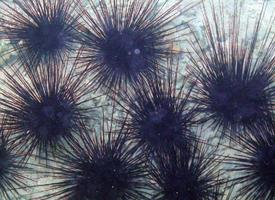
Stav ohrožení
| Neohrožen |
Popis zvířete
The Eastern Green Mamba (Dendroaspis angusticeps) is a highly venomous snake native to the coastal regions of southern East Africa. Known for its striking green coloration, which provides excellent camouflage among the foliage, this snake is both revered and feared. Adult Eastern Green Mambas typically reach lengths of about 2 meters (6.5 feet), although some individuals have been known to grow up to 3 meters (about 10 feet). They have a slender build, with a narrow head that is distinct from their neck, and round pupils within their large, forward-facing eyes, which gives them excellent binocular vision.Their diet mainly consists of birds and small mammals, which they hunt during the day using their keen eyesight and rapid speed. The Eastern Green Mamba is arboreal, meaning it spends most of its life in trees. Its bright green coloration not only serves as camouflage among the leaves but also warns potential predators of its toxic nature. Despite their venomous reputation, these snakes are generally shy and will avoid confrontation with humans whenever possible. However, when cornered or threatened, they can become highly aggressive.
The venom of the Eastern Green Mamba is predominantly neurotoxic, affecting the nervous system of its prey or aggressor. It can cause symptoms such as difficulty breathing, paralysis, and eventually death if not treated promptly. Antivenom does exist and is effective in treating bites if administered quickly.
Eastern Green Mambas are solitary creatures, coming together only for mating purposes. Females lay clutches of 10 to 15 eggs, which they abandon immediately after laying. The eggs are left to incubate for about 10 to 12 weeks before hatching. The young snakes are independent from birth, equipped with venom as potent as that of adults, and are capable of fending for themselves.
The species prefers habitats such as coastal bush, dune forests, and moist savannahs, where dense foliage provides both the cover and the hunting grounds it requires. Despite its preference for natural habitats, the Eastern Green Mamba can occasionally be found in agricultural areas and rural settlements in search of food, leading to encounters with humans.
Conservation status of the Eastern Green Mamba is currently of less concern, but like many species, it faces threats from habitat destruction and fragmentation. The snake plays a crucial role in its ecosystem as both a predator and, occasionally, as prey, contributing to the balance of its natural habitat. Understanding and respecting the boundaries between human settlements and the natural habitats of creatures like the Eastern Green Mamba is essential for their continued coexistence.
Podobná zvířata
Nové fotografie zvířat
Top 10 zvířat
- Chinese water dragon (Physignathus cocincinus)
- Galápagos tortoise (Geochelone nigra complex)
- Dolphin gull (Leucophaeus scoresbii)
- Japanese macaque (Macaca fuscata)
- Colombian red howler (Alouatta seniculus)
- Sea urchins (Echinoidea)
- Moustached guenon (Cercopithecus cephus)
- Diana monkey (Cercopithecus diana)
- Common reed warbler (Acrocephalus scirpaceus)
- Common house mosquito (Culex pipiens)


